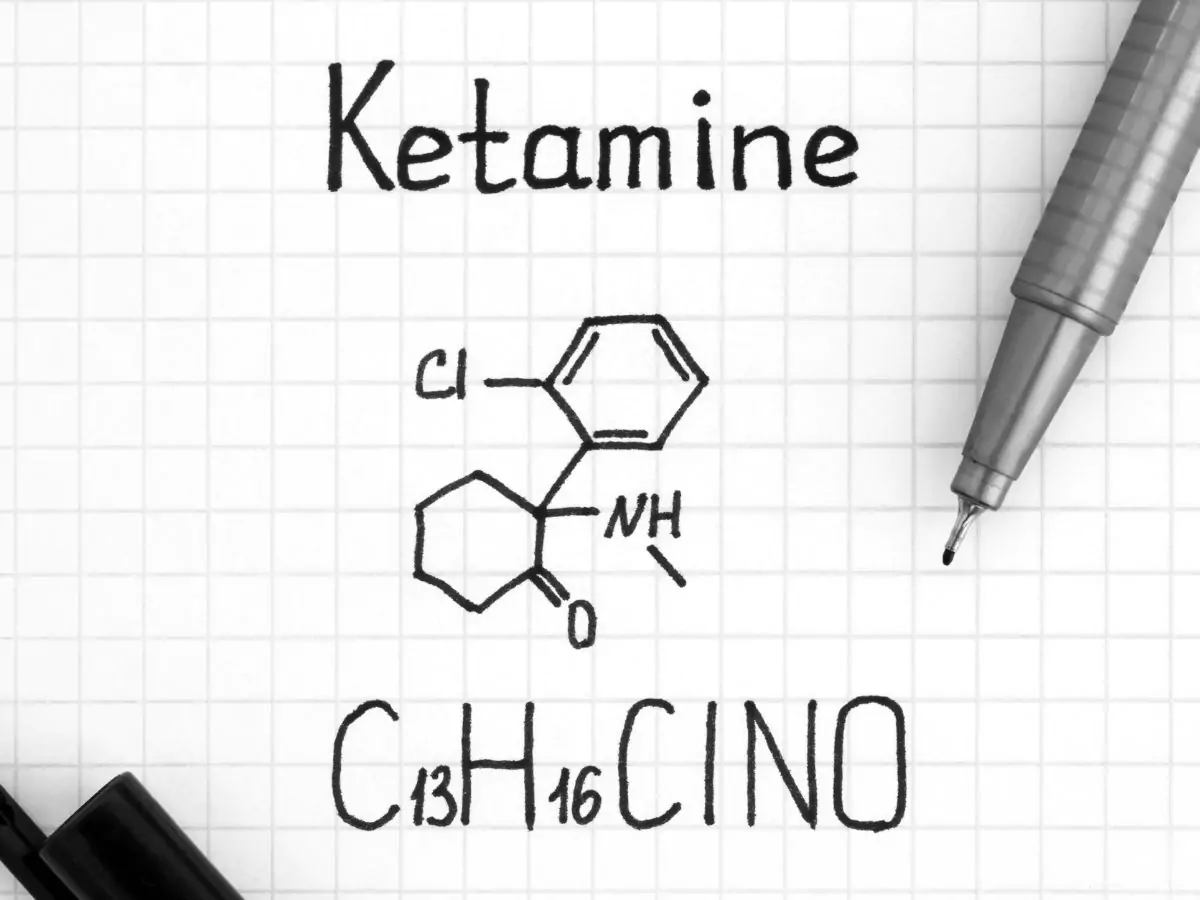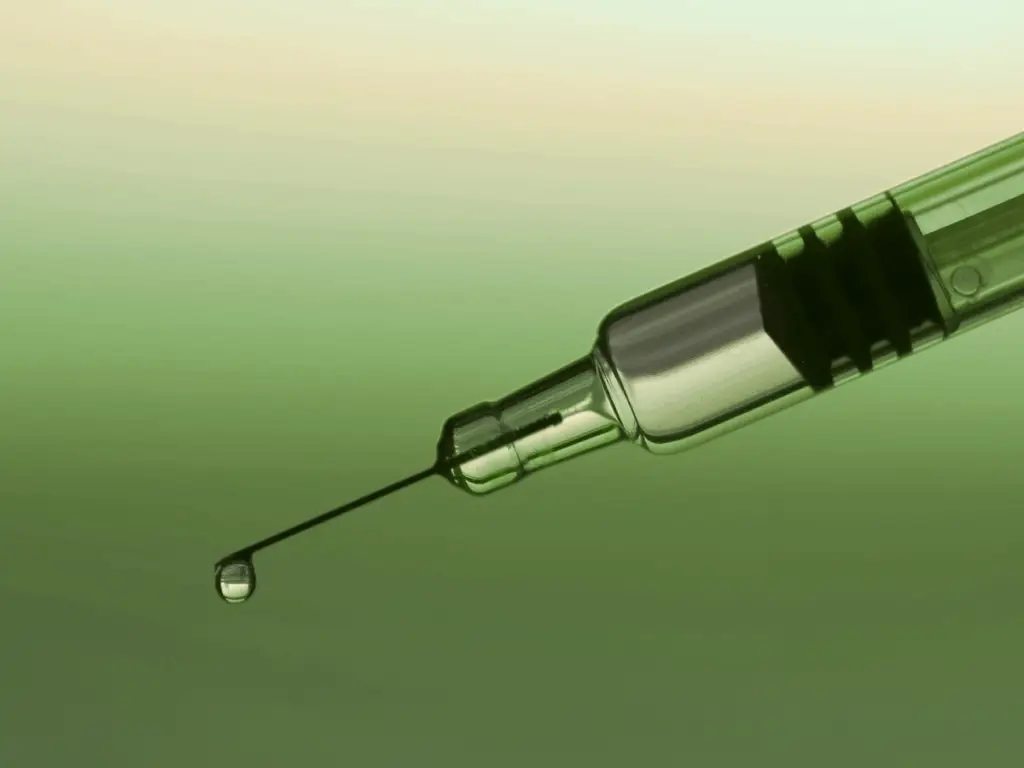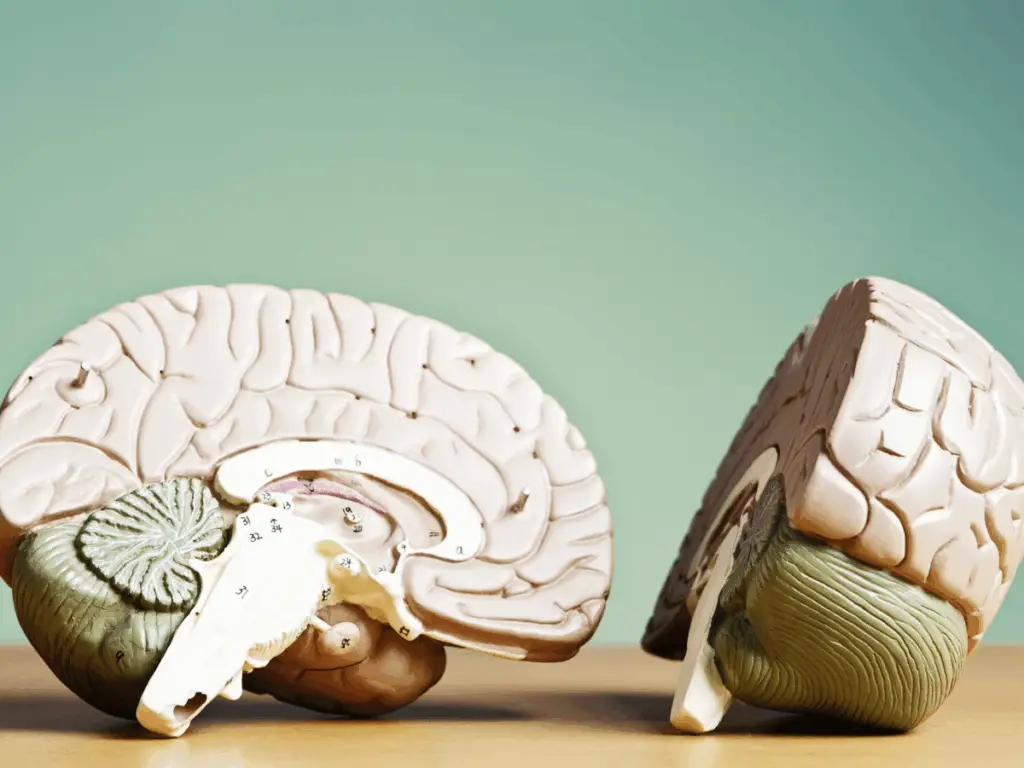
Like any drug, ketamine has the potential for addiction. It is essential to follow your practitioner’s instructions when taking any prescribed medicine, including ketamine.
There are two types of addiction worth considering.
Ketamine users are more at risk for psychological addiction than physical addiction. The dissociative state ketamine induces may create a euphoric experience for the user.
Doctors take this into account when prescribing ketamine. They monitor their patients in order to eliminate overuse or misuse of the drug.
Users of ketamine are not at risk of neurological addiction.
Neurological addiction occurs when the brain relies on an outside source (usually a drug) for certain neurotransmitters (dopamine, serotonin, etc.).
The brain stops producing these neurotransmitters due to its dependence on the outside source. Because of this, a user may experience physical repercussions such as withdrawal, muscle pain, fatigue, and even seizures if completely cutting off the drug.
Ketamine does not work this way and cannot create a neurological addiction. Unlike oxycontin, morphine, and similar drugs, it is possible to abruptly stop taking ketamine without suffering from adverse physical side effects.
Yes.
While ketamine as an anesthetic agent is FDA-approved, off-label uses (e.g., for depression) are legal when prescribed by a licensed provider and compounded for patient-specific needs.
It targets glutamate receptors in the brain, potentially "resetting" neural pathways linked to mood and pain perception.
Patients can find relief when other treatments fail. Effects may be felt within hours.
Some patients experience temporary dizziness, dissociation, or nausea. These effects typically subside quickly.
We work closely with your care team to tailor doses and delivery methods for optimal tolerability.
Relief varies. Some experience benefits for days or weeks after a dose, while others require maintenance sessions.
Consistency and adjunct therapy (e.g., counseling) help improve outcomes.
Forms such as nasal sprays, sublingual troches (lozenges), rapid-dissolving tablets, and topical creams are available for convenient at-home use under medical guidance.
For those with sensitivities, we offer allergen-free, dye-free, or preservative-free options.
These customizable formats allow your provider to match the delivery method to your treatment plan and individual needs.
FDA-approved ketamine is required to be taken in an office under the supervision of a medical practitioner. This helps protect against the potential for abuse.
Taking it in the office allows doctors to monitor for cardiac effects and respiratory issues and supervise any dissociative event that may occur.
Compounded ketamine, however, leaves it to the discretion of the provider.
Often, supervision is not required at smaller doses, and patients are allowed to take their medication in the comfort of their homes.

Drugs are classified into 5 levels of dependency potential:
Medical professionals can do a variety of things to help prevent ketamine addiction. This includes limiting the number of doses patients can fill at a time.
Prescribing ketamine for no more than 30 days allows doctors to frequently re-evaluate the prescription.
Early refill requests are constantly reviewed. Our policy is to contact the doctor for any early refill request.
If a patient understands the benefits of ketamine but fears developing an addiction, they may delegate a trusted individual to monitor their medication. Taking ketamine under the supervision of their doctor is a great strategy.
Additionally, limiting access to ketamine by having someone else administer the drug will create more safety assurances for the patient.






The holidays bring us joy, but they also bring us more prescriptions to fill and ship. Our pharmacy continues to work diligently, but an increase in demand may result in slightly longer processing times.
Please consider doing the following:
Thank you,
ClearSpring Team